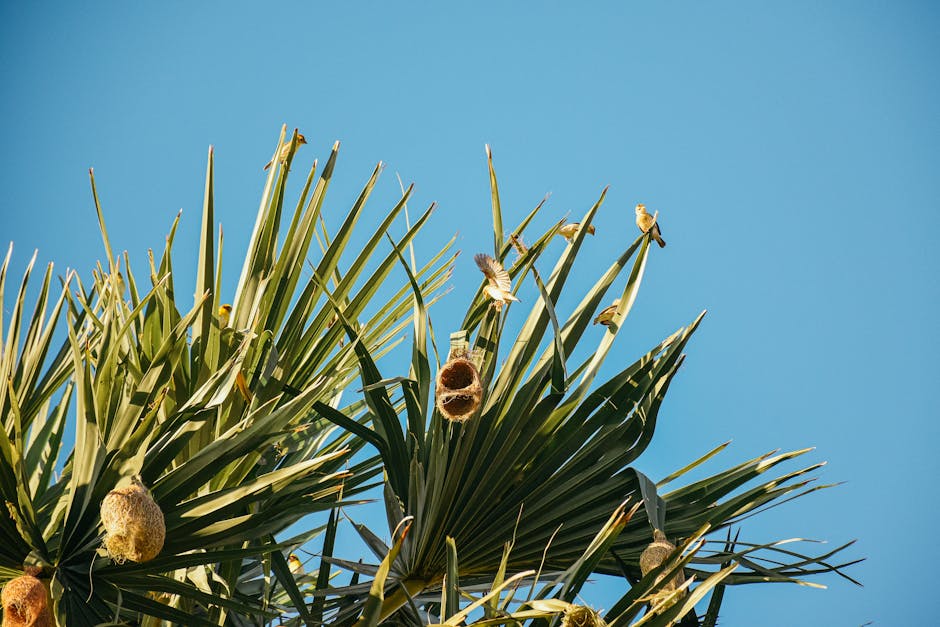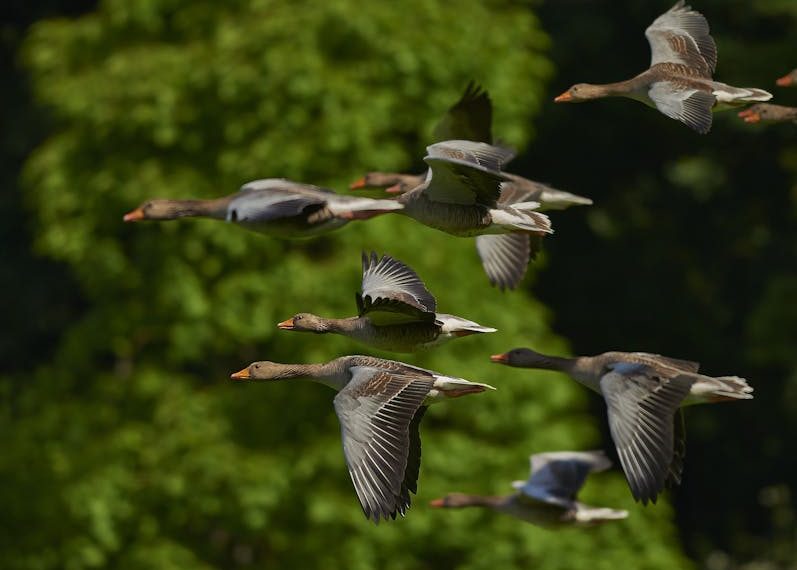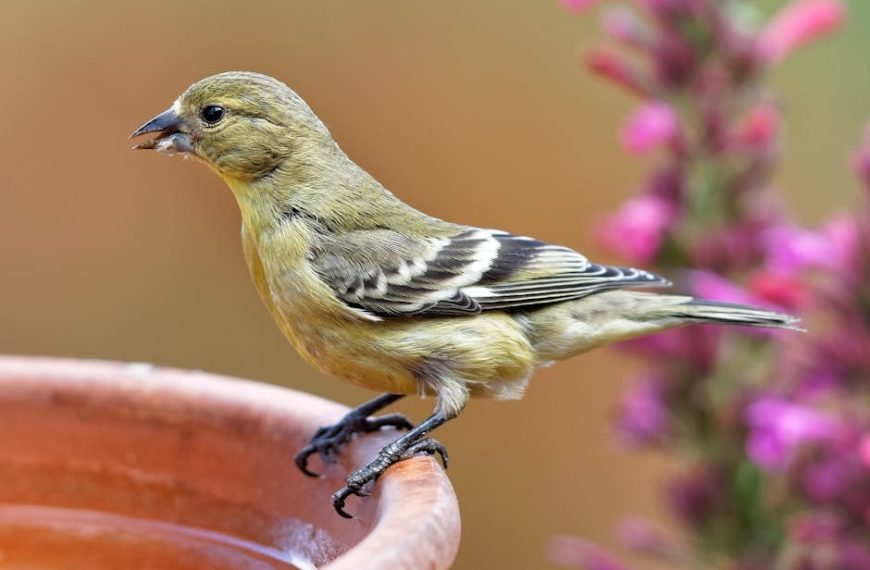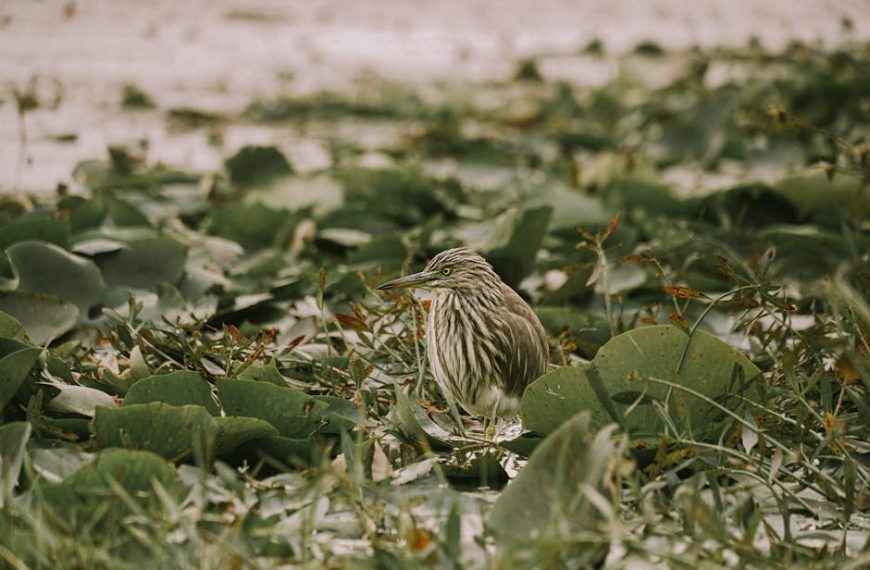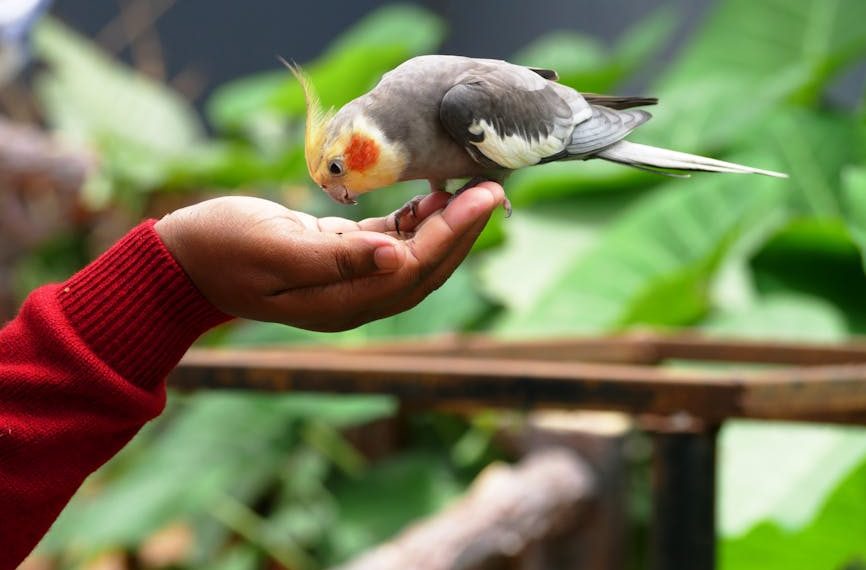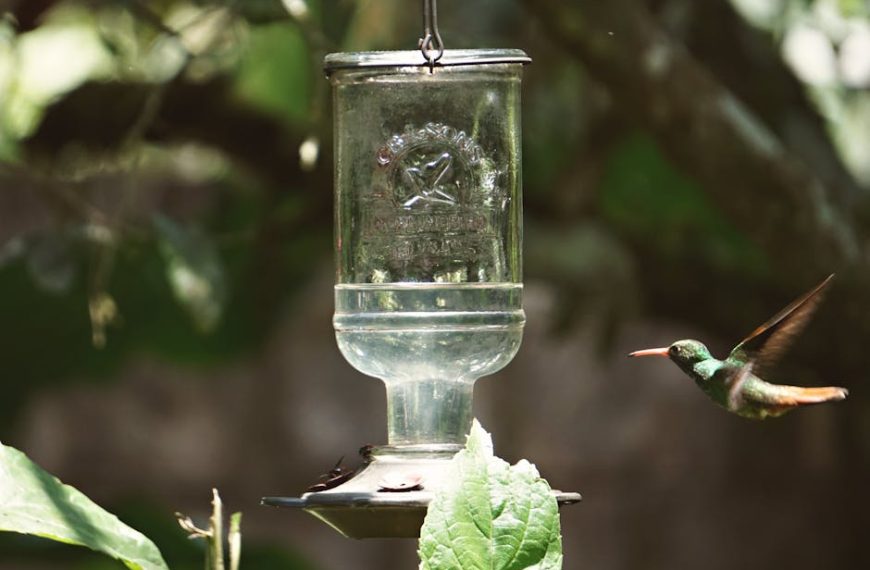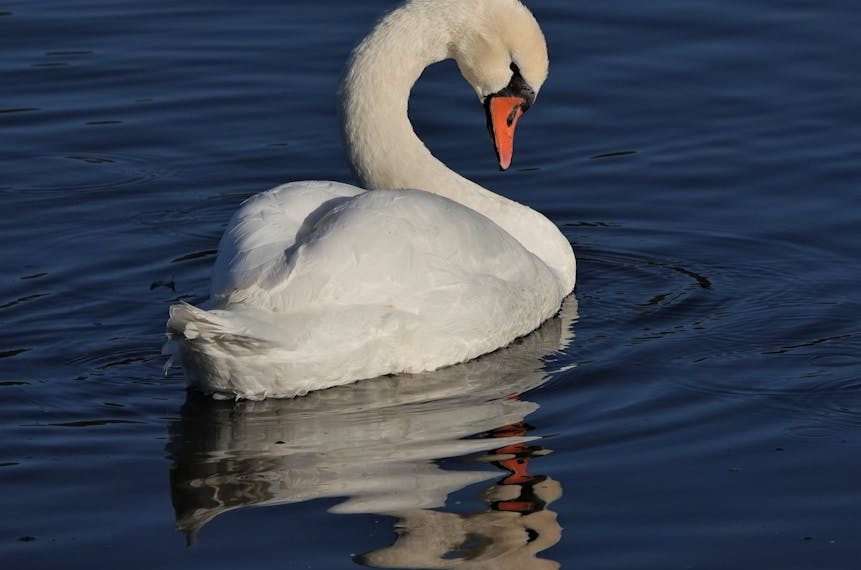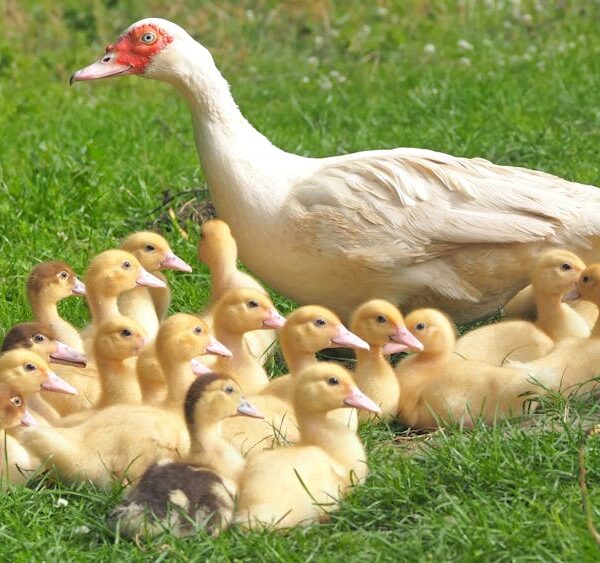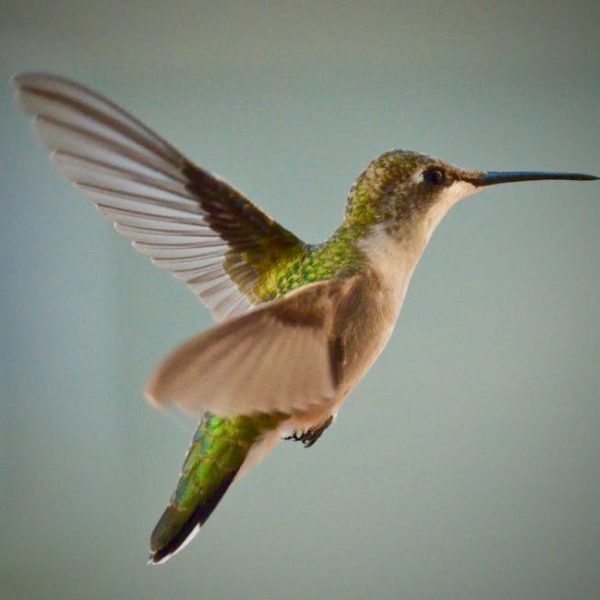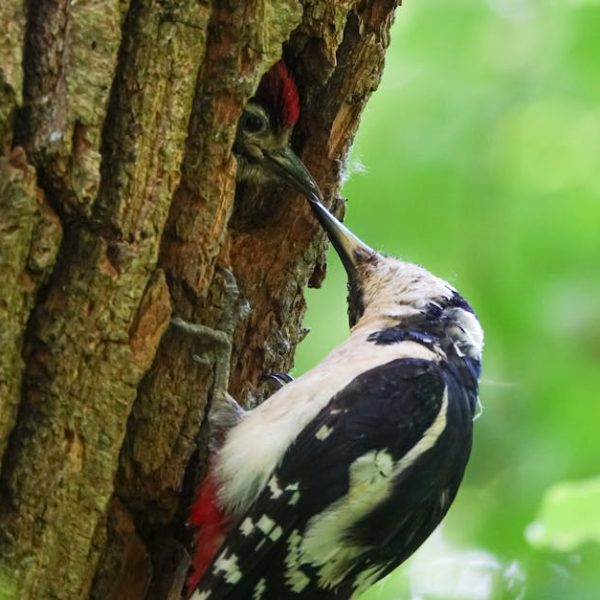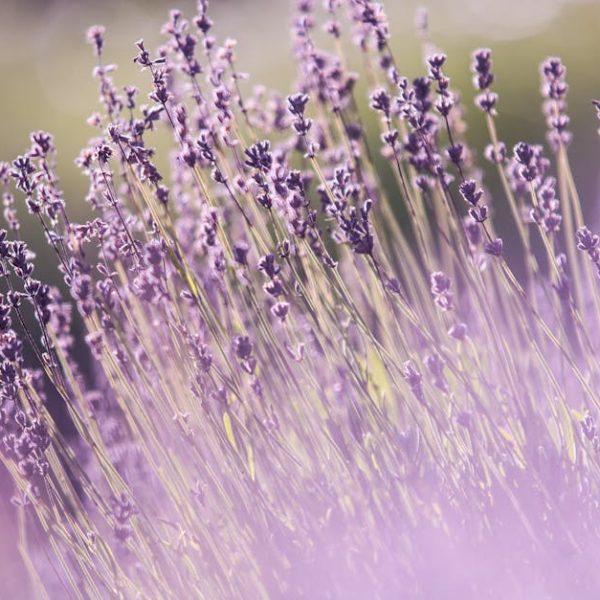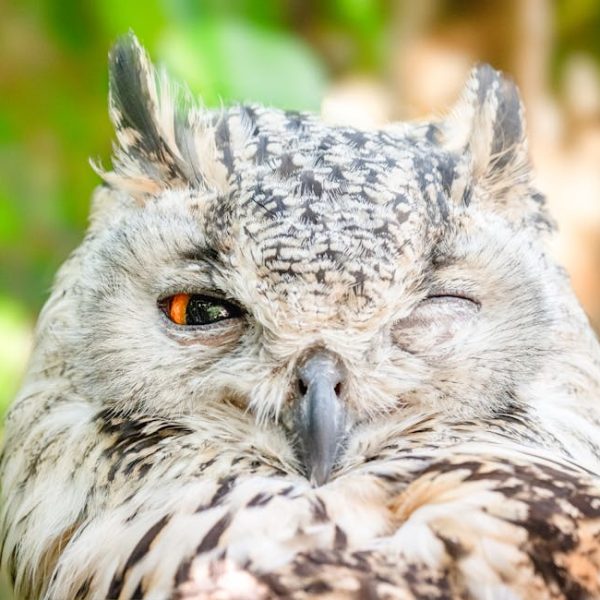Birdhouses aren’t just charming garden accents; they serve a real and important purpose in providing safe spaces for birds to nest and rest. Consequently, the type of paint you choose for your birdhouses isn’t just about aesthetics—it goes a long way in maintaining the good health and longevity of your feathery visitors. This is why it’s crucial to opt for paints that are non-toxic and safe for birds.
Understanding the Importance of Bird-Safe Paints
Many traditional paints have elements that are toxic to birds. The harmful components, often labeled as VOCs (Volatile Organic Compounds), can cause serious damage to birds that come into contact with them. VOCs are a group of chemicals that evaporate easily at room temperature, which could lead to harmful emissions long after the paint has dried. Birds are highly sensitive to toxic substances, meaning that regular exposure to such substances can lead to poisoning and, more drastically, mortality.
Moreover, the color of a birdhouse plays a significant role in attracting or repelling different bird species. While certain colors can make a birdhouse more appealing to birds by mimicking their natural environment, others may end up discouraging particular species or attracting predators.
Here is a checklist of chemicals you should avoid when buying paint for birdhouses:
- Formaldehyde
- Benzene
- Ammonia
- Acetone
Types of Bird-Safe Paints
To ensure your birdhouse is a safe haven, it’s advised to use bird-friendly paints. In the vast cosmos of paint varieties, latex, acrylic, and natural or organic paints make the cut as bird-safe paints.
- Latex paints: These are water-based paints that are typically low in VOCs and are not toxic to birds once fully cured.
- Acrylic paints: Also water-based, these paints usually have a lower VOC content and are available in a variety of colors. Being flexible and waterproof, they offer a good protective coat.
- Natural or Organic paints: Made from natural raw ingredients such as water, plant oils and resins, plant dyes and essential oils, these are the safest for birds but may not be as durable or vibrant as their synthetic counterparts.
Choosing the Right Color for Your Birdhouse
Color does matter when it comes to birdhouses. The color should preferably blend in with the environment to keep the nesting birds safe from predators. For this purpose, you can choose colors that match your local flora. However, exceptions can apply to certain bird species that prefer specific colors. For instance, eastern bluebirds are typically attracted to blue shades, while sparrows show a preference for brown.
Keep your surroundings and local bird species in mind when choosing color for your birdhouse, and remember—the more natural the color, the more likely it is to attract birds.
Tips and Best Practices
Always make sure the paint is completely cured before introducing the birdhouse to birds.
Opt for light colors as they absorb less solar radiation, and thus, keep the birdhouse cooler.
Repaint only when necessary, and ensure proper ventilation during and after painting.
Ensuring the safety and comfort of your feathery friends should always be the prime consideration when building and painting birdhouses. With the right, bird-friendly paints, you can create a safe haven that contributes to their well-being while also adding a charming accent to your garden.
Use and Maintenance of Bird-Safe Paints
Even when choosing bird-friendly paints, proper use and maintenance are essential. Here’s a step-by-step guide on how to safely paint a birdhouse:
- Step 1: Clean the birdhouse thoroughly to remove any dirt or old paint.
- Step 2: If needed, apply a primer coat of bird-safe paint and let it dry completely.
- Step 3: Apply the paint of your choice in thin even layers, using brushes or paint sprayers. Remember to paint the interior of the birdhouse in lighter, non-gloss finish.
- Step 4: Once painted, let the birdhouse dry completely, ideally for 72 hours, before installing it.
Proper maintenance of the birdhouse is also vital for the longevity of the paint and overall health of the birds. Regularly check the birdhouse for chipping or peeling paint, and refurbish as required. However, avoid over-painting – excessive paint layers can block air ventilation and could be detrimental for the birds’ health.
Top Bird-Safe Paint Brands to Consider
There are several brands out there offering bird-friendly paints. Below you’ll find a comparison of three top bird-safe paint brands based on attributes including cost, VOC content, and durability.
| Brand | Price Range | VOC Content | Durability |
|---|---|---|---|
| Ecos Paints | $$$ | Zero VOC | High |
| Benjamin Moore Natura | $$ | Zero VOC | Medium |
| Real Milk Paint | $ | Low VOC | Low |
The choice of brand ultimately depends on your specific requirements and budget. Ecos Paints offer high durability and zero VOCs but come with a higher price tag. On the other hand, Real Milk Paint is an economical option with low VOC content.
Remember, choosing the right paint isn’t just about color appeal, it’s ensuring the health and safety of our feathered friends. So, prioritize bird-safe paints and enjoy the lovely sight of birds finding solace in your DIY birdhouses!
Key Takeaway:
- Non bird-safe paints contain harmful elements that can result in bird mortality.
- The color of a birdhouse plays a role in attracting/repelling different bird species.
- Three types of bird-safe paints are latex, acrylic, and natural/organic paints.
- The use of light shades that blend with the environment can help attract birds and keep the birdhouse cool.
- Maintaining bird-safe paints involves checking for damages and repainting as necessary, while ensuring that paint layers do not block air ventilation.
Birdhouses hold significant value as safe havens for birds, which is why choosing bird-safe paints becomes crucial. As bird lovers, we play a part in sustaining bird populations by providing them with safe and attractive homes. Stay informed, make bird-friendly choices, and enjoy watching these feathered friends thrive!
FAQs
Q: What should I do if a bird shows signs of paint poisoning?
A: Immediately remove the bird from the painted area. If severe symptoms are present, contact a local wildlife rescue center or avian veterinarian for assistance.
Q: What other materials should be avoided in birdhouses?
A: Materials like treated wood, galvanized metal, and creosote-treated lumber should be avoided as they can also harm birds.
Q: Can I use spray paint for birdhouses?
A: While convenient, most spray paints contain harmful solvents. If using, ensure it’s labeled as bird-friendly and allow it to completely dry before installing the birdhouse.
Q: What type of finish should I use for birdhouses?
A: Use a non-glossy finish which absorbs less heat, keeping the birdhouse cooler.
Q: How often should I repaint my birdhouse?
A: It’s best to repaint when the coat starts to deteriorate. However, refrain from over-painting as it can block air ventilation.
Remember to share this article with other bird enthusiasts and to keep exploring the site for more posts on creating bird-friendly habitats.
